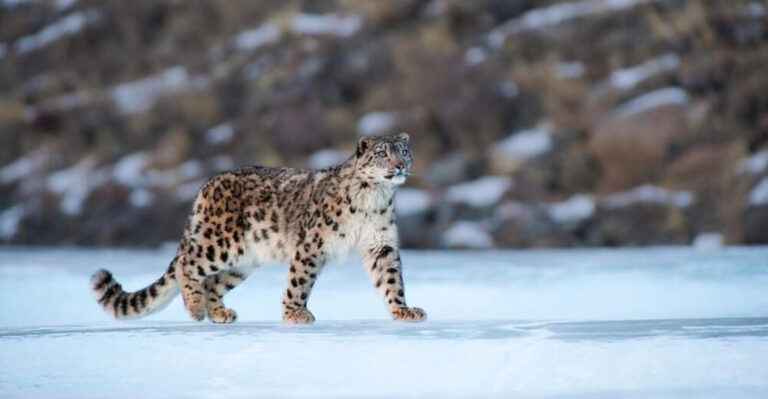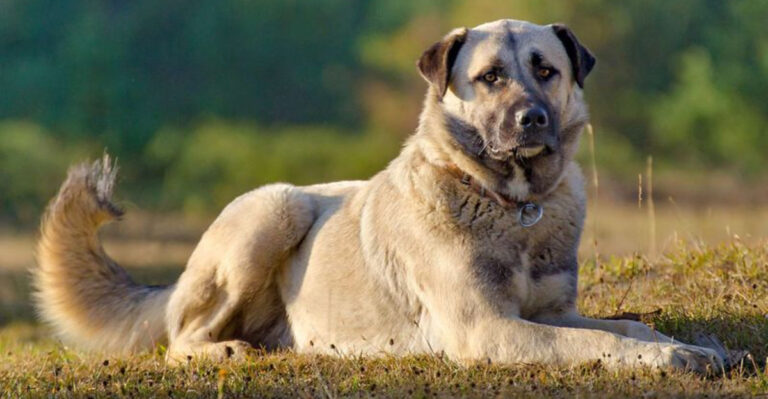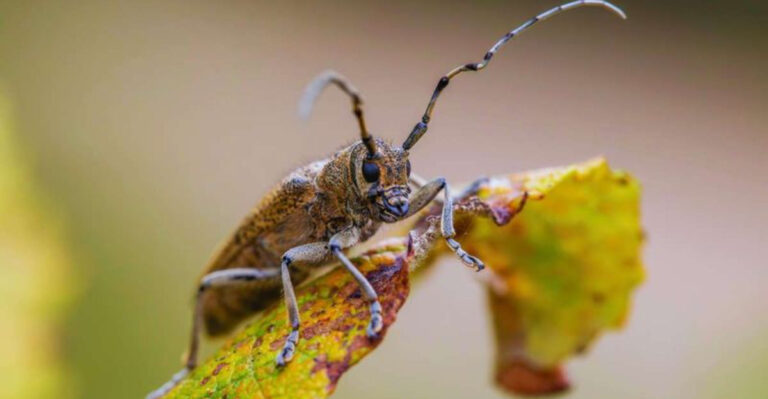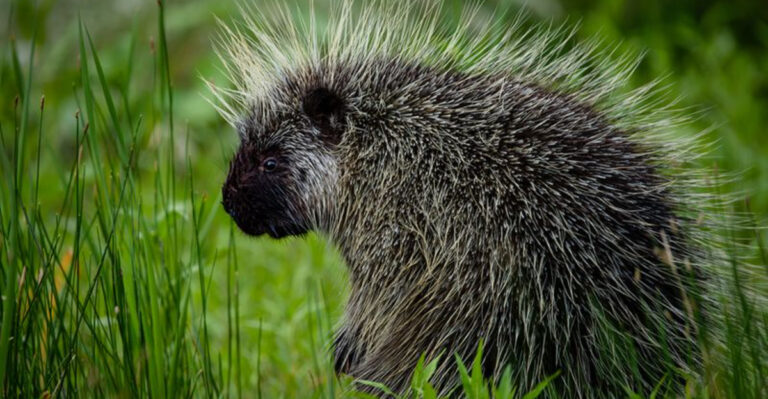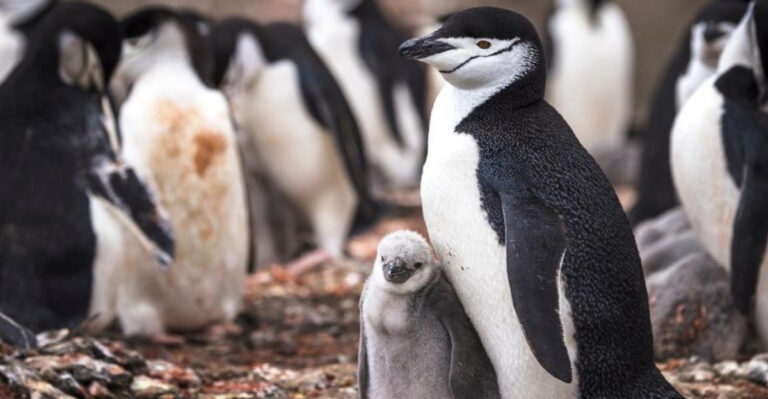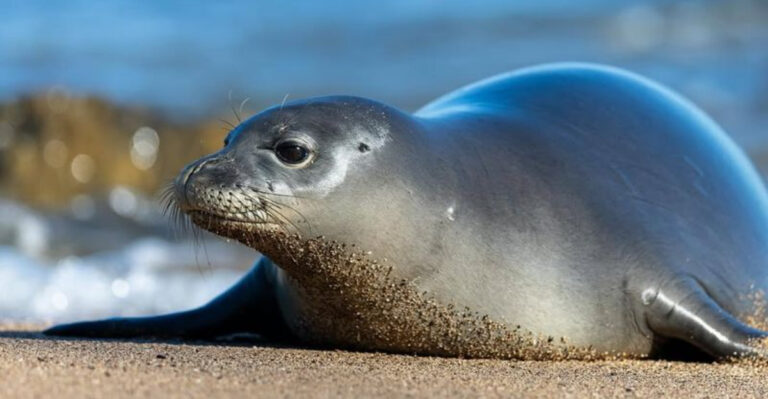Lost Frog Species Presumed Extinct For Over 30 Years Found Thriving In Mountain Streams
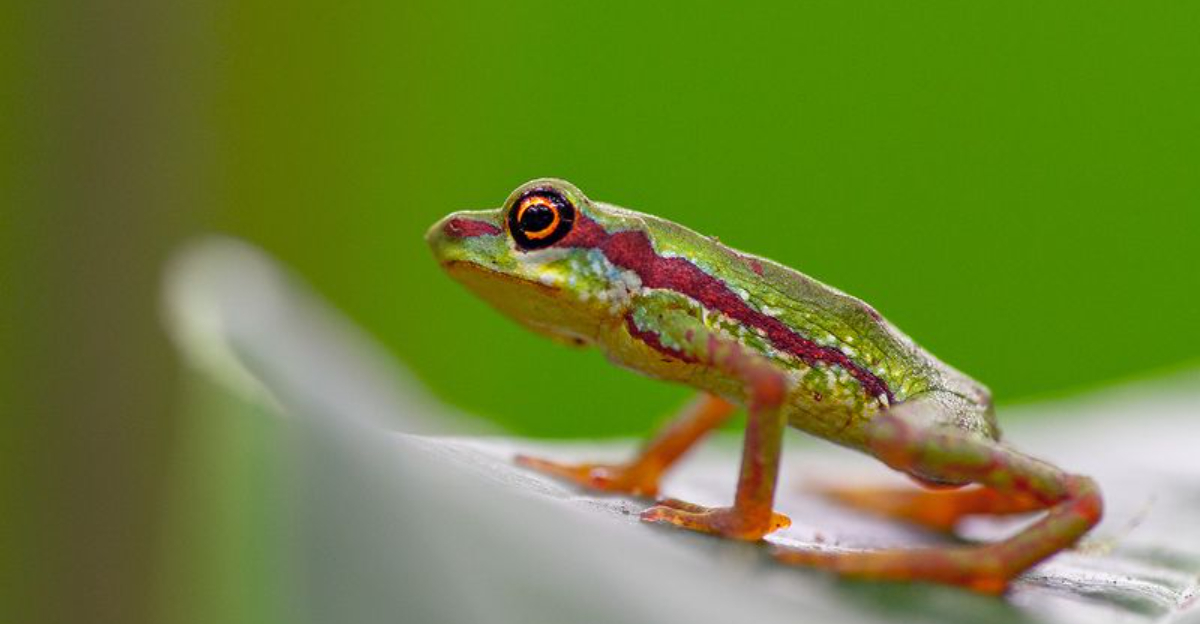
The Harlequin toad, once thought to be extinct for over three decades, has astounded scientists by reappearing in mountain streams. This remarkable discovery highlights the resilience and adaptability of this vibrant amphibian species.
Here are some fascinating facts about the Harlequin toad, exploring its unique characteristics, habitats, and the conservation efforts that have contributed to its miraculous comeback.
Join us as we uncover the extraordinary journey of these captivating creatures, celebrating their survival against the odds and what it means for biodiversity and conservation efforts worldwide.
1. Astonishing Rediscovery
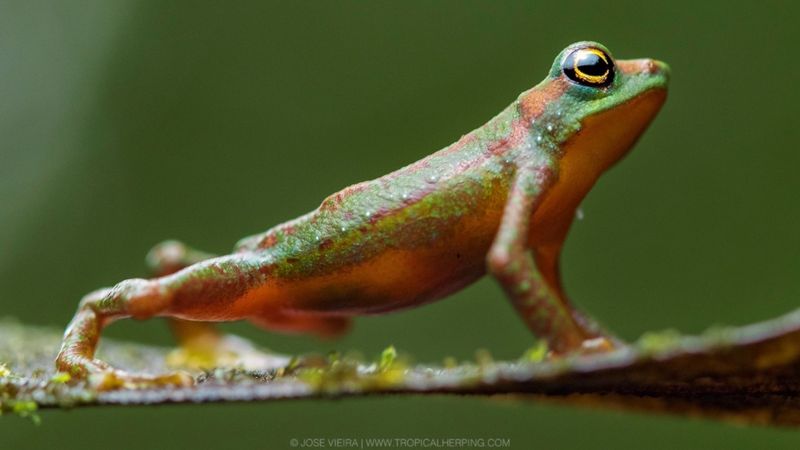
The rediscovery of the Harlequin toad in mountain streams is nothing short of miraculous. For over 30 years, this species was presumed extinct, vanishing from its known habitats.
Yet, against all odds, it has reemerged, thriving in secluded mountain streams. This astonishing rediscovery offers hope to conservationists and biodiversity enthusiasts alike.
It underscores the importance of continuous conservation efforts and the resilience of nature. The toad’s reappearance in its natural habitat is a testament to the effectiveness of existing conservation strategies.
2. Unique Coloration
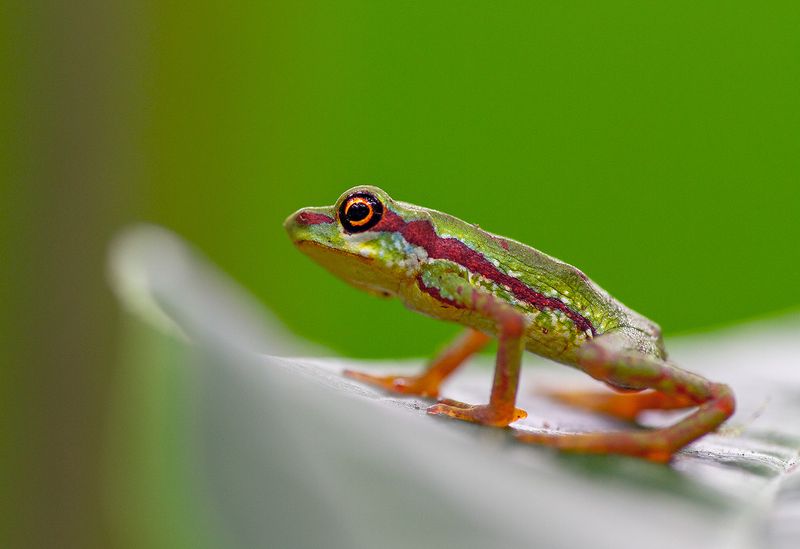
The Harlequin toad is renowned for its striking coloration, featuring an array of vibrant hues. These colors, ranging from bright oranges and yellows to deep blues, serve as both a warning to predators and a mating signal.
Their unique skin patterns are not only visually stunning but also play a vital role in their survival. The toad’s colorful appearance is an adaptation that helps deter potential threats, while also attracting mates during the breeding season.
This kaleidoscope of colors stands as a symbol of the toad’s resilience and adaptability, captivating researchers and nature lovers alike.
3. Adaptation And Survival
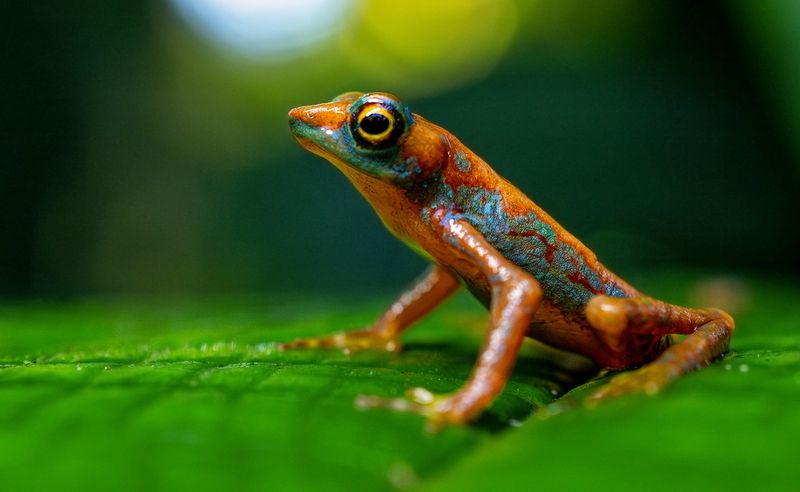
The Harlequin toad’s survival is a testament to its remarkable adaptability. Evolving over millions of years, this species has developed numerous traits that allow it to thrive in its environment.
From its camouflaged skin texture and moisture-retaining abilities to its diet of small insects, the toad is well-equipped for mountain life.
These adaptations are crucial for its survival, enabling it to cope with changing environmental conditions and predation threats. The toad’s resilience highlights the intricate balance of ecosystems and the importance of preserving such habitats to ensure the continued survival of diverse species.
4. Conservation Efforts
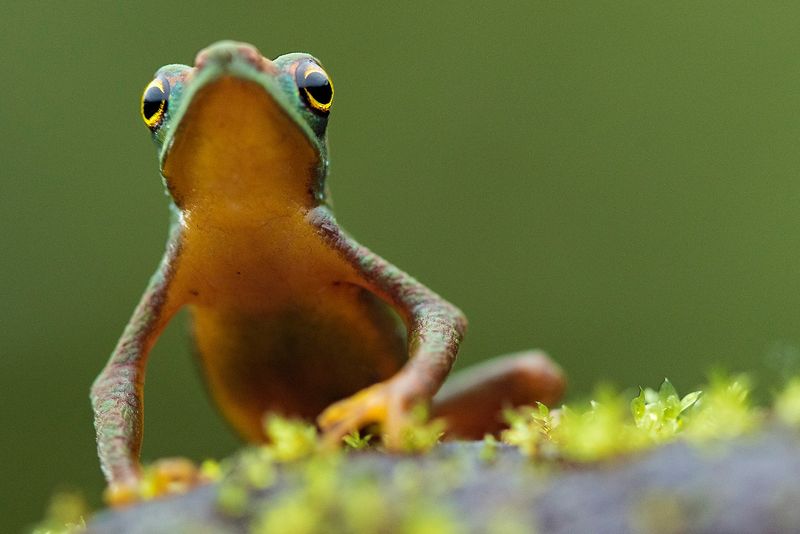
Conservation efforts have played a pivotal role in the Harlequin toad’s resurgence. Organizations worldwide have implemented strategies focused on habitat protection, breeding programs, and research initiatives.
By fostering community involvement and raising awareness, these efforts aim to safeguard the toad’s future. Collaboration between local communities, governments, and international bodies has been instrumental in addressing threats such as habitat loss and climate change.
These conservation measures not only support the Harlequin toad’s recovery but also contribute to the broader goal of preserving biodiversity.
5. Impact On Biodiversity
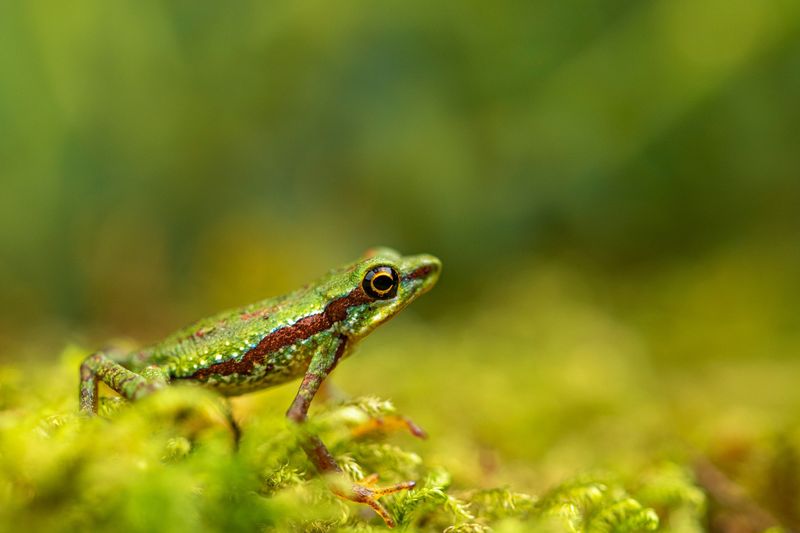
The presence of Harlequin toads in mountain ecosystems significantly impacts biodiversity. These toads play a vital role in maintaining ecological balance, acting as both predator and prey within their environment. By controlling insect populations, they contribute to the health of the ecosystem.
Furthermore, their existence supports a wide range of other species, creating a ripple effect throughout the food web.
The toad’s survival is indicative of a healthy ecosystem, underscoring the interconnectedness of life forms. Protecting the Harlequin toad thus aids in the preservation of biodiversity, highlighting its importance in sustaining balanced natural habitats.
6. Scientific Research Advances
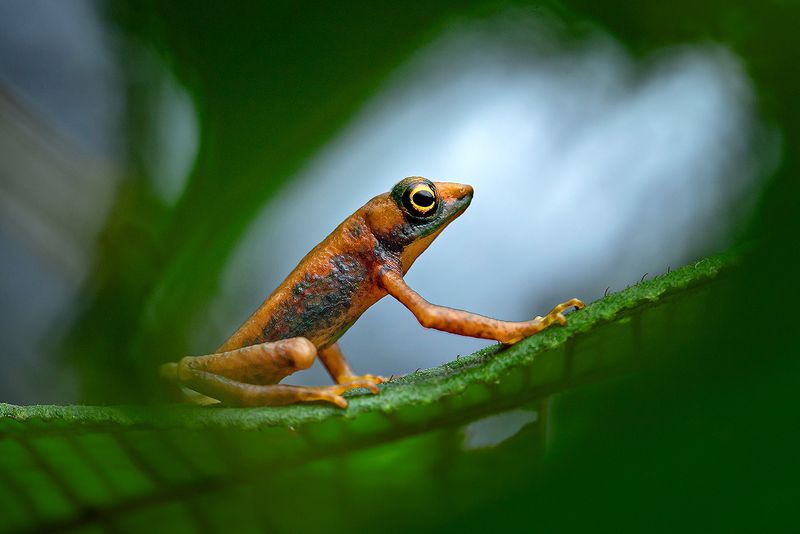
The reappearance of the Harlequin toad has spurred scientific research, leading to new insights into amphibian biology and ecology. Researchers are now able to study live specimens, gaining a deeper understanding of their behavior, reproductive habits, and environmental needs.
This ongoing research is crucial in developing effective conservation strategies and enhancing our knowledge of amphibian resilience.
By utilizing advanced technology and collaborative efforts, scientists are unraveling the mysteries surrounding the Harlequin toad’s survival. These findings contribute to the broader field of amphibian research, paving the way for future discoveries in preserving endangered species.
7. Community Involvement
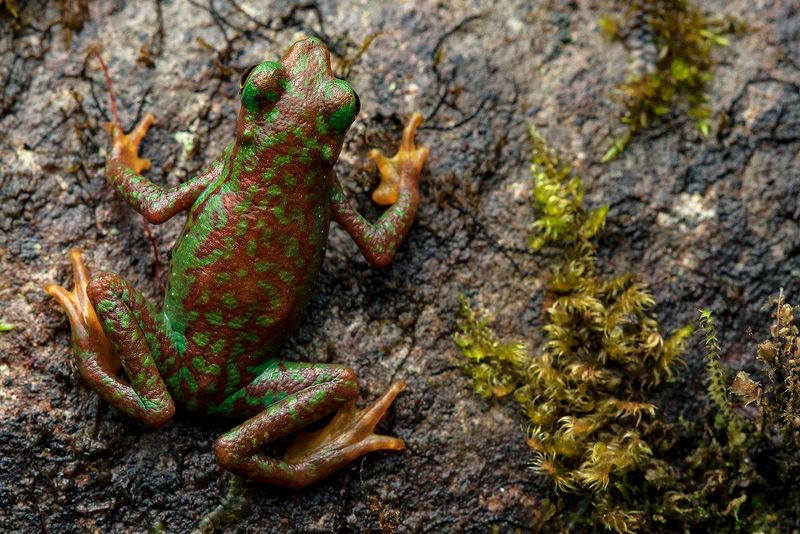
Local communities have been instrumental in the Harlequin toad’s conservation success. Through education and engagement, residents become active participants in protecting these amphibians.
Community-led initiatives such as habitat monitoring, citizen science projects, and educational programs have fostered a sense of stewardship. These efforts not only aid in conservation but also empower communities, leading to sustainable development.
By involving local populations, conservation becomes a shared responsibility, enhancing the effectiveness of preservation strategies. This collaborative approach ensures that the Harlequin toad continues to thrive, illustrating the power of partnership in conservation endeavors.
8. Future Challenges
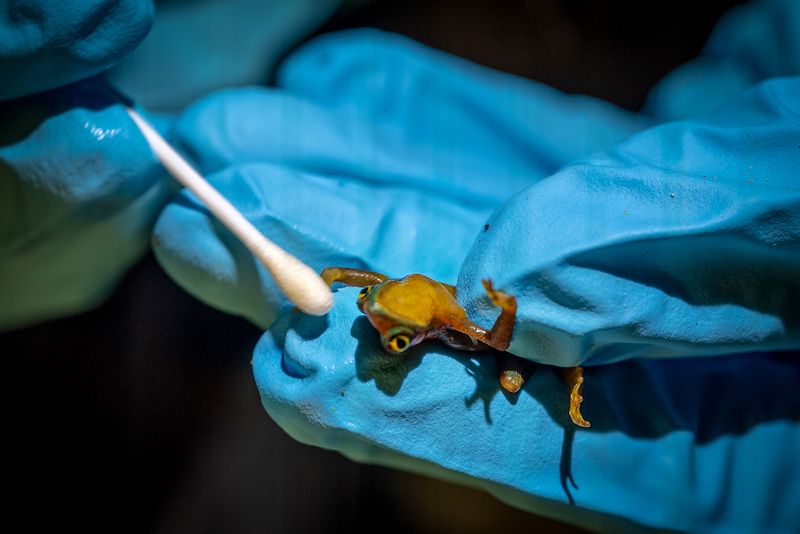
While the Harlequin toad’s rediscovery is a cause for celebration, future challenges loom on the horizon. Climate change and habitat destruction pose significant threats to their survival. Rising temperatures and altering precipitation patterns can disrupt their natural habitat, affecting breeding and food availability.
To combat these challenges, continued conservation efforts and adaptive management strategies are essential. By addressing these threats proactively, we can help secure a future for the Harlequin toad.
This situation serves as a reminder of the ongoing struggle faced by many species, highlighting the need for global cooperation in conservation and climate action.

